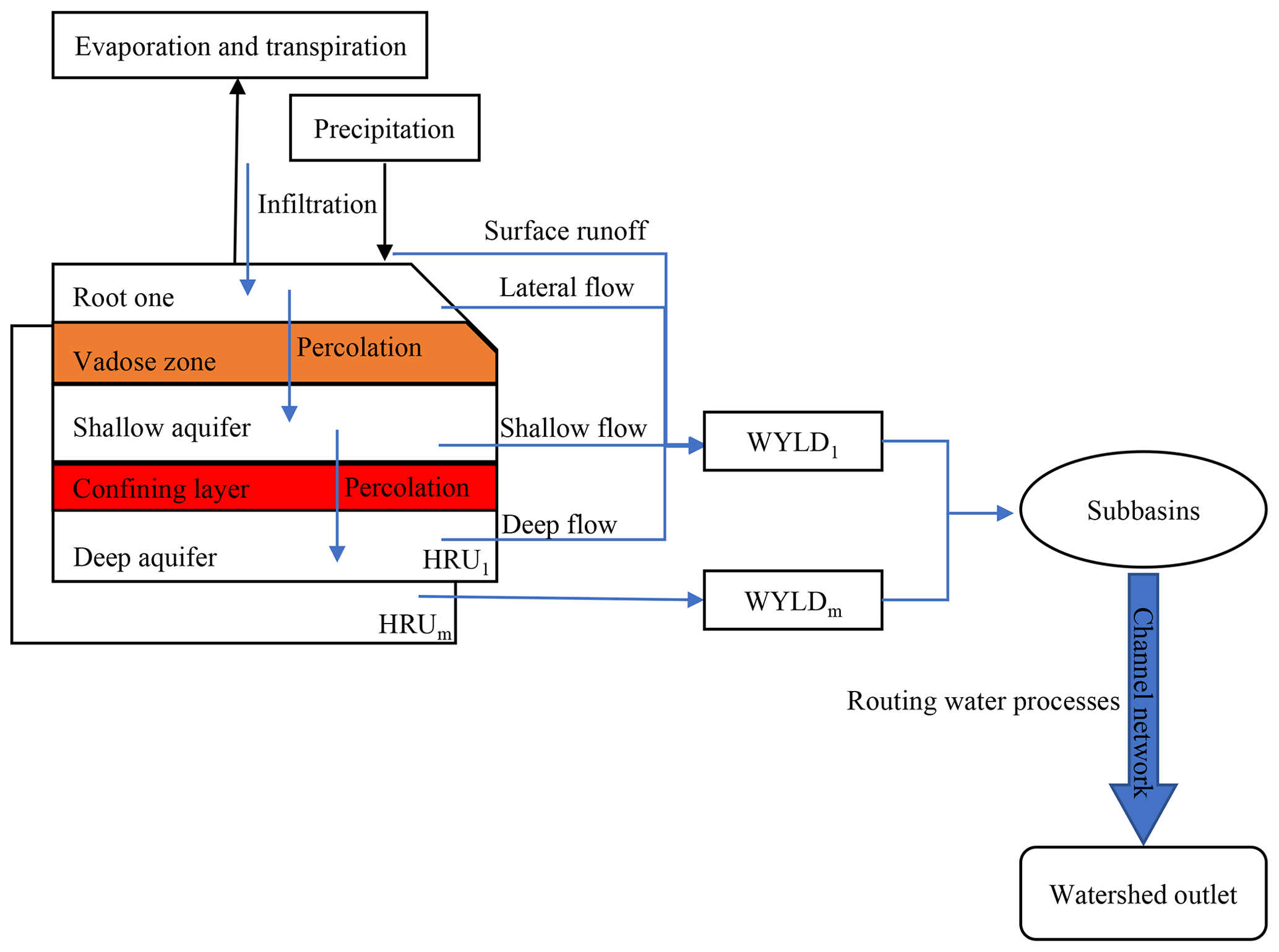
The high adaptability of these species outside of their native ranges makes them top ranked in the IUCN’s (International Union for the Conservation of Nature) worst invasive species list 5. Globally, rainbow trout ( Oncorhynchus mykiss, Walbaum, 1792), and brown trout ( Salmo trutta fario, Linnaeus, 1758), are the two most problematic invasive salmonids 4. Salmonids have been introduced globally for recreational and commercial purposes, with little regard to their effects on native species 3. Non-native fishes can modify recipient ecosystems, thereby negatively impacting the diversity and distribution of native fishes 2. Introduction of fishes has placed freshwater ecosystems among those most affected by biological invasions worldwide 1. Our workflow can be transferred to other basins and species for mapping freshwater biodiversity patterns in species-rich yet data-poor regions of the world. We generate high-resolution classified stream suitability maps as decision support tools to help managers in habitat allocation and policy formation to balance recreational fisheries with conservation of snow trout. Yet, the physiography of receiving basins could play a role minimizing the impacts of each non-native trout on native snow trout. There were substantial habitat overlaps (up to 96%) among snow trout and non-native trout. We adopted a similar procedure to map suitable habitats for snow trout species. We transferred maximum entropy (Ma圎nt) models developed with spatially continuous freshwater-specific environmental variables to map the distribution of potentially suitable habitats for rainbow and brown trout in the Himalayas. We aim to evaluate potential habitat overlap among snow trout and non-native trout in the Indus and Ganges River basins, Himalayan ecoregion. Rainbow trout ( Oncorhynchus mykiss) and brown trout ( Salmo trutta fario) have been introduced to the Himalayan ecoregion where they are sympatric with vulnerable native snow trout Schizothorax plagiostomus and Schizothorax richardsonii. The results of this study showed that the SWAT model could simulate quality and quantity of Tallar river watershed.Fish invasions threaten native freshwater ecosystems worldwide, yet methods to map biodiversity in data-deficient regions are scarce. Finally, the discharge and nitrate maps developed for each sub-basins. Also, for validation process were 0.62 and 0.63, respectively. The NS coefficient for calibration process of discharge and nitrate obtained 0.67 and 0.84, respectively. The determination coefficient of discharge and nitrate calculated with rates of 0.68 and 0.75, and validation obtained with rates of 0.65 and 0.83, respectively.

For Sensitivity analysis of discharge and nitrate used from 25 and 11 parameters respectively, that the curve number (CN) recognized as the most sensitive parameter.
#Hydrological processes journal swat software#
The modeling results calibrated and validated using SWAT-CUP software and then its evaluated using statistical indicators. In this study SWAT model was used for discharge and nitrate simulation in Tallar river Basin. Process-based hydrological models are useful tools for simulating of watershed processes.

In order to controlling and reducing water pollution of surface water and measures to reduce these emissions require environmental programs at watershed scale and also to ensure the cost-effectiveness of such programs, the first stage is determining critical areas that produce polluted runoff.


 0 kommentar(er)
0 kommentar(er)
